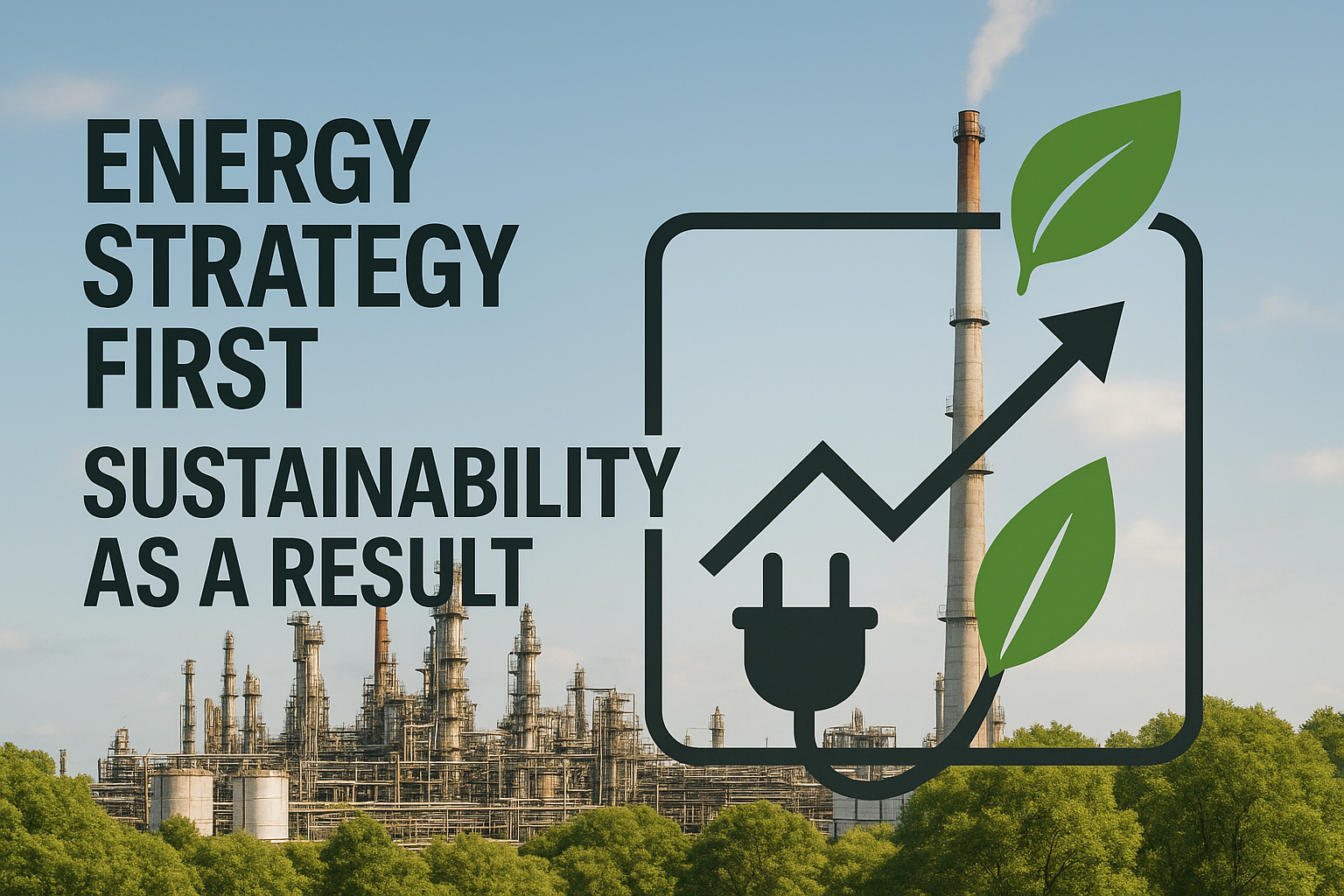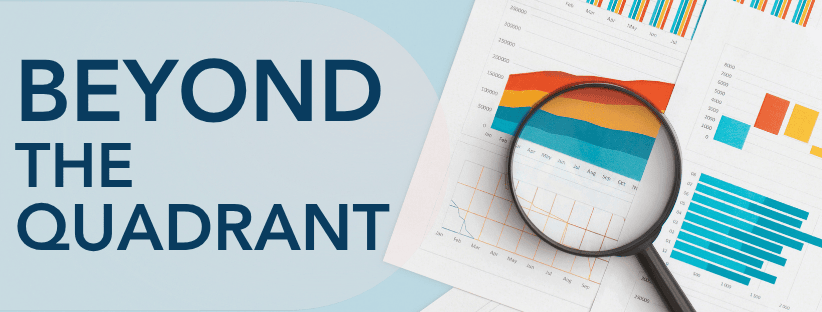A striking 41% of executives identify workforce issues—including training, culture, and adaptation to new ways of working—among the top-five challenges their organizations face when implementing AI. For process industries, this reality signals that automation alone can no longer deliver the competitive edge needed in today’s complex operating environments.
Industry 5.0—the vital next step beyond digitalization—introduces a powerful trinity of human-centric, sustainable, and resilient operations that fundamentally transforms how people and technology collaborate to drive measurable business results.
What follows is a practical readiness roadmap. You’ll discover how reduced giveaway, lower energy use, higher worker retention, and smoother collaboration turn Industry 5.0 concepts into measurable results.
What Industry 5.0 Means for Continuous-Process Operations
Industry 4.0 delivered automation, IoT, and big data visibility; Industry 5.0 adds a human-centric layer that enables operators and advanced technologies to solve problems collaboratively. Instead of removing people from decision-making, this approach treats their judgment as the plant’s ultimate asset while algorithms manage the data deluge that continuous processes generate every second.
The transformation shows up directly in operational results. Human-AI collaboration reduces off-spec product by surfacing multivariate patterns long before they reach specification limits, while neural controllers squeeze incremental yield from existing assets and lower furnace fuel or compressor power demands. Early adopters report higher operator satisfaction because systems handle routine monitoring, freeing teams to focus on strategy and safety optimization.
This shift rests on three interconnected pillars that redefine industrial operations:
- Human-centricity — maintains operators as decision-makers while collaborative robots and augmented-reality interfaces deliver context at eye level
- Sustainability — thinking becomes embedded as AI continuously balances throughput, energy consumption, and waste generation so operations hit both margin and emissions targets simultaneously
- Resilience — emerges when self-learning models adapt recipes to supply variations, enabling faster recovery from feedstock quality changes or logistics disruptions
Understanding your current position requires mapping existing capabilities against a structured maturity framework. This assessment reveals which sensors, historian connections, or cultural practices need attention before ambitious human-AI initiatives can scale effectively across your operations.
Assess Your Digital Foundation (Maturity Level)
Before pairing operators with advanced AI systems, your facility needs a comprehensive evaluation of its digital infrastructure. Begin with a systematic walkthrough documenting four critical elements: sensor coverage on essential assets, the scope of data captured in your historian system, connectivity between distributed control system (DCS) or SCADA components, and evidence of data sampling gaps or signal noise.
This comprehensive inventory provides valuable insight into your readiness for the data-driven manufacturing infrastructure necessary to support successful Industry 5.0 implementation.
With this foundation mapped, align your capabilities against five progressive maturity stages:
- Level 1: Ad Hoc Operations — Isolated spreadsheets and manual readings dominate information flow
- Level 2: Basic Connectivity — Data flows between systems but lacks systematic analysis
- Level 3: Operational Visibility — Data streams transform into actionable insights through centralized dashboards and reporting
- Level 4: Advisory Optimization — AI advisory tools highlight potential savings and sustainability trade-offs
- Level 5: Human-AI Collaboration — Seamless integration enables closed-loop optimization that continuously learns alongside your
Each maturity stage offers immediate, low-risk improvement opportunities. Cleaning mislabeled historian tags and addressing signal quality issues strengthens model accuracy at Level 1.
Lightweight communication adapters can dissolve system integration barriers at Level 2. At Level 3, focused pilot projects on steam system balancing or heat recovery deliver measurable wins without requiring major capital investments.
As your capabilities advance, reinforcing data governance practices and maintaining operator engagement becomes essential; successful Industry 5.0 deployment depends equally on human judgment and algorithmic precision.
Build an Organizational Culture for Human-AI Collaboration
Technology initiatives rarely fail due to technical limitations; they falter when the workforce feels marginalized or threatened. An Industry 5.0 mindset positions workers at the transformation center, requiring you to approach human-AI collaboration as cultural evolution rather than simple software deployment. Begin by integrating operators into the decision-making process while AI systems operate in advisory mode. When monitoring platforms recommend setpoint adjustments, encourage operators to evaluate suggestions against their operational intuition, then systematically capture their feedback and reasoning.
Transparency becomes your most powerful tool for building trust. Display the reasoning behind each model recommendation—key variables, confidence levels, and expected impacts—to counter “black box” perceptions that undermine adoption. This aids in greater operator confidence and adoption.
Training programs must be tailored to specific roles and delivered continuously rather than as one-time events. Short learning modules that fit between shift changes help console operators master AI output validation techniques, while maintenance teams focus on interpreting pattern-shift alerts and equipment health indicators. This targeted approach supports Industry 5.0’s emphasis on developing collaborative intelligence between human expertise and machine capabilities.
Celebrate early victories like reduced giveaway or energy consumption through visible recognition. This reinforces that AI augments—not replaces—the workforce, addressing job security concerns. Proactively manage obstacles: siloed technical teams, insufficient executive sponsorship, and unclear communication that heightens anxiety. Address these challenges early to advance from cautious experimentation to confident, human-centered optimization.
Develop Optimization Capabilities (From Descriptive ➜ Prescriptive)
Before implementing closed-loop control, your analytics must evolve from basic dashboards to real-time, adaptive optimization systems. Industry 5.0 accelerates this progression by encouraging companies to pursue profitability, environmental impact, and operator well-being in balance—aiming to avoid optimizing one dimension at the expense of others.
This capability development follows a structured progression that maximizes success probability:
- Target high-impact constraints — Focus on areas with measurable financial or environmental benefits; AI energy management can deliver substantial consumption reductions quickly
- Build comprehensive datasets — Compile clean plant data and laboratory results, capturing both normal and upset conditions; use inferential measurements where needed
- Pair domain experts with data scientists — Ensure optimization logic reflects actual plant behavior rather than theoretical assumptions
- Begin in advisory mode — Allow operators to validate AI recommendations, building trust and exposing edge cases
- Progress to supervised closed-loop control — Transition to AI writing setpoints directly to control systems, with operators maintaining override authority
Success depends heavily on foundational elements: sufficient historical data to reveal meaningful patterns, subject-matter experts who can interpret anomalies and provide context, and infrastructure capable of streaming data without latency issues. Regular retraining cycles combined with ongoing operator feedback ensure your optimization remains prescriptive rather than presumptive.
Establishing Governance & Sustainability Frameworks
Industry 5.0 positions people, environmental stewardship, and operational resilience at the center of every technology decision. Governance frameworks protect ethical, safe, and human-centric AI deployment while building operator confidence in system recommendations. Ethical and transparent AI principles require establishing clear operational boundaries before any model begins influencing production decisions.
Effective governance starts with defining autonomy levels that specify when models may act independently and when operator approval is mandatory. Version control systems ensure every model modification remains traceable through its lifecycle, while comprehensive audit logs and explainability tools document the reasoning behind each recommendation. Regular performance reviews and bias assessments should align with evolving regulatory guidelines and run on predetermined schedules to maintain compliance.
Integrate environmental targets directly into optimization algorithms alongside profitability metrics to promote long-term stewardship. This balanced approach tracks technical performance, human factors, and sustainability indicators while avoiding dashboard proliferation. Focus on key business-aligned metrics with drill-down capabilities for deeper analysis. Throughout this framework, operators retain decision authority while AI delivers real-time recommendations that balance production and environmental objectives.
How Imubit Accelerates Industry 5.0 Readiness
As you advance toward human-centric, sustainable operations, the Imubit Industrial AI Platform meets your facility at its current maturity level. The solution integrates seamlessly with existing sensor networks and plant data infrastructure, then develops AI models that understand your unique operational constraints to refine setpoints continuously in real-time.
Every recommendation includes transparent reasoning that shows operators exactly why adjustments are suggested—transforming perceived “black box” algorithms into trusted collaborative tools.
Most implementations begin in advisory mode, allowing teams to benchmark performance improvements before enabling closed-loop control. From there, Imubit’s optimization solution balances multiple objectives simultaneously—profitability, energy efficiency, emissions reduction, and product quality—while adapting automatically as feed compositions, market demands, or equipment conditions change.
For process industry leaders seeking practical entry into Industry 5.0, Imubit’s platform provides a clear, low-risk pathway that builds on existing infrastructure while developing the human-AI collaboration capabilities that define next-generation manufacturing success. Schedule your Complementary Plant Assessment to gauge your plant’s readiness for further digital transformation.




